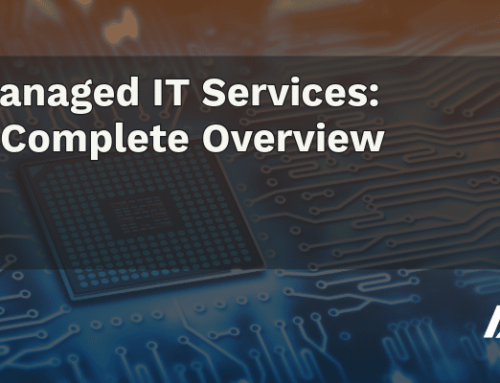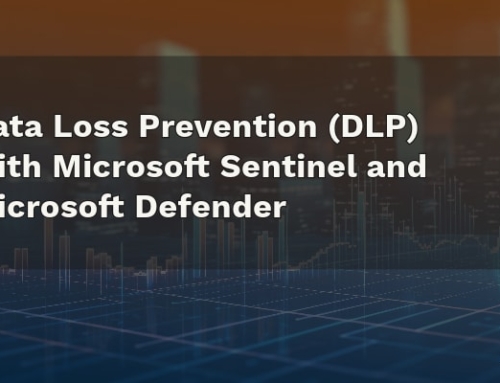Do you have a patch management process in place? If not, you’re opening your organization up to vulnerabilities. It’s time to set up and implement a patch management system that works.
You know all about the serious risks cyber-attacks pose these days, but what if we told you that consistently implementing patch management best practices could stop most hackers in their tracks?
Patches involve the deployment of new or updated code that fixes mistakes, covers vulnerabilities, improves performance, or adds new features to operating systems, applications and software.
Why You Should Prioritize Patching
It’s true that patch rollout can feel overwhelming, and if you are part of a small business, you might feel like it’s impossible to keep up with the time-consuming task of applying the seemingly never-ending patches. What’s more, some businesses opt not to patch because software updates change the way users experience that software.
Whatever the reason for not patching, leaving gaps means you’re opening your business up to security risks. And the consequences of that risk are far more costly than whatever it takes to keep up with patching.
Beyond those all-important fixes to security vulnerabilities, there are a number of benefits to patch management, including:
- System uptime and performance
- Compliance
- Feature and functionality improvements
When it comes to patch management, you have two options: Engage a managed services and cybersecurity partner, like AccountabilIT, that can help you with patch management. Or develop an in-house patch management solution.
Whichever fits your business best, here are seven best practices to follow.
Take inventory
You should already know all the software, hardware, and other pieces and parts making up your IT environment, but if you don’t have this documented already, this is a good place to start.
Assess risk and prioritize
Start by patching your most sensitive, business-critical assets. The more exposed something is, the higher priority it should receive.
Patch consistently and often
Stay on top of patch announcements from all your software vendors by subscribing to their security updates, then deploy them according to the priority you assigned.
Partner with other departments
Educating those outside of IT in the importance of patch management and updating software can go a long way in supporting the cause.
Test patch releases
Patches aren’t without risk on their own and can cause problems or expose new vulnerabilities. If you’re able, test new patches in a sandbox or test environment before deploying.
Patch your own applications quickly
If vulnerabilities are exposed in your custom code or applications, quickly fix and update, just as you would with vendor software or third-party applications.
Automate where possible
There are patch management tools that simplify patch deployment by automating it. Some have capabilities that identify, test, and apply patches to systems with reduced manual input.
What’s Next?
Don’t patch without a plan. AccountabilIT can help you devise and implement a patch management process that will keep your environment secure and ensure the best possible performance. Contact us to find out more today.




